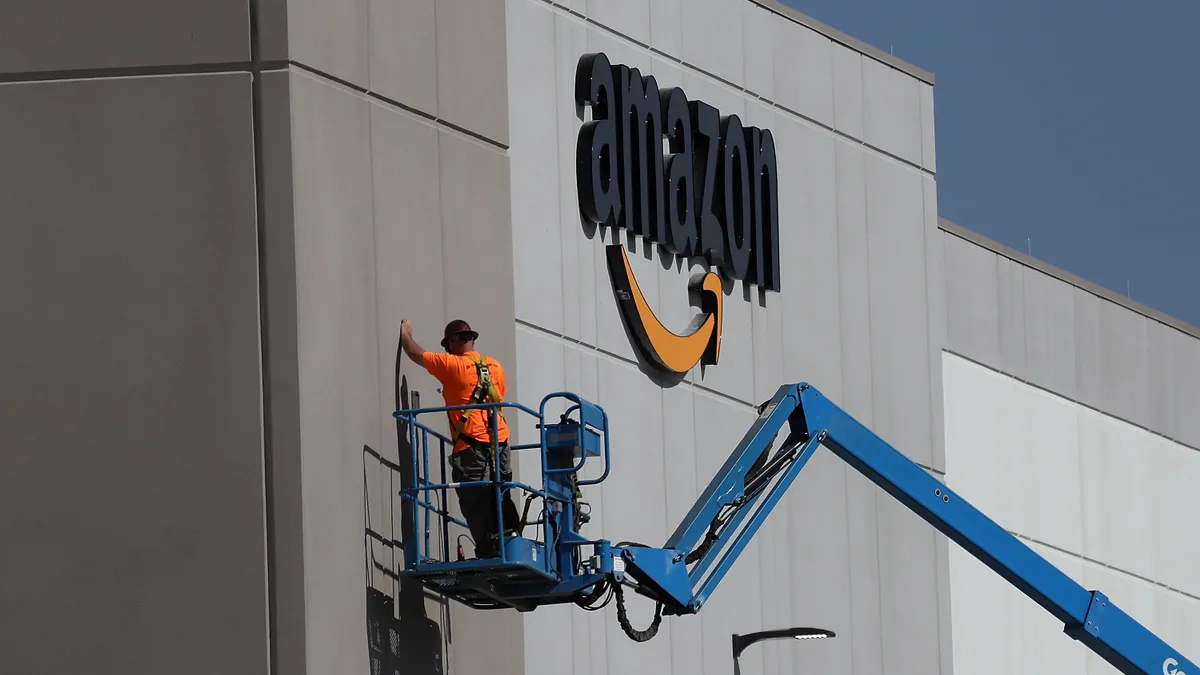Dive Brief:
- Amazon expects to slow capital investments in 2023 as the e-commerce giant focuses its efforts on lowering the costs of operating its sprawling fulfillment network.
- Executives said in an earnings call Thursday that capital expenditures this year will be less than the $59 billion spent in 2022, largely due to a decrease in fulfillment network investments.
- Amazon recently completed a major overhaul of its fulfillment operations to reduce complexity and cost, while still boosting delivery speeds for its Prime members. Instead of operating one national network, it will now oversee eight regional, interconnected hubs.
Dive Insight:
Amazon has slashed costs across its businesses as it contends with stagnating demand and an inflationary environment. Beyond restructuring its fulfillment network, the e-commerce giant cut tens of thousands of corporate jobs and shuttered certain business, including physical bookstores and its healthcare delivery service.
Overhauling operations has begun to pay off, particularly in fulfillment. CEO Andy Jassy said on the call the company is “bullish on the early results” of its shift to a regional fulfillment model, noting inventory is closer to customers.
“Not surprisingly, shorter travel distances means lower cost to serve and customers getting their orders faster,” he said.
Amazon expanded its fulfillment footprint at a breakneck pace during the pandemic, but operating one massive network became “inefficient in a significant way,” Jassy said.
Spiraling fulfillment costs “caused us to really reevaluate virtually everything we do in operations over the last six to nine months,” Jassy noted, saying that the company has found a number of opportunities to streamline costs and boost profits.
“We have found a lot more opportunities than we even thought were there before,” Jassy said. “So, I’m pretty optimistic that we have a chance not just to recover to where we were pre-pandemic in terms of operating margin, but I think there’s additional upside with some of the opportunities we’ve identified.”














